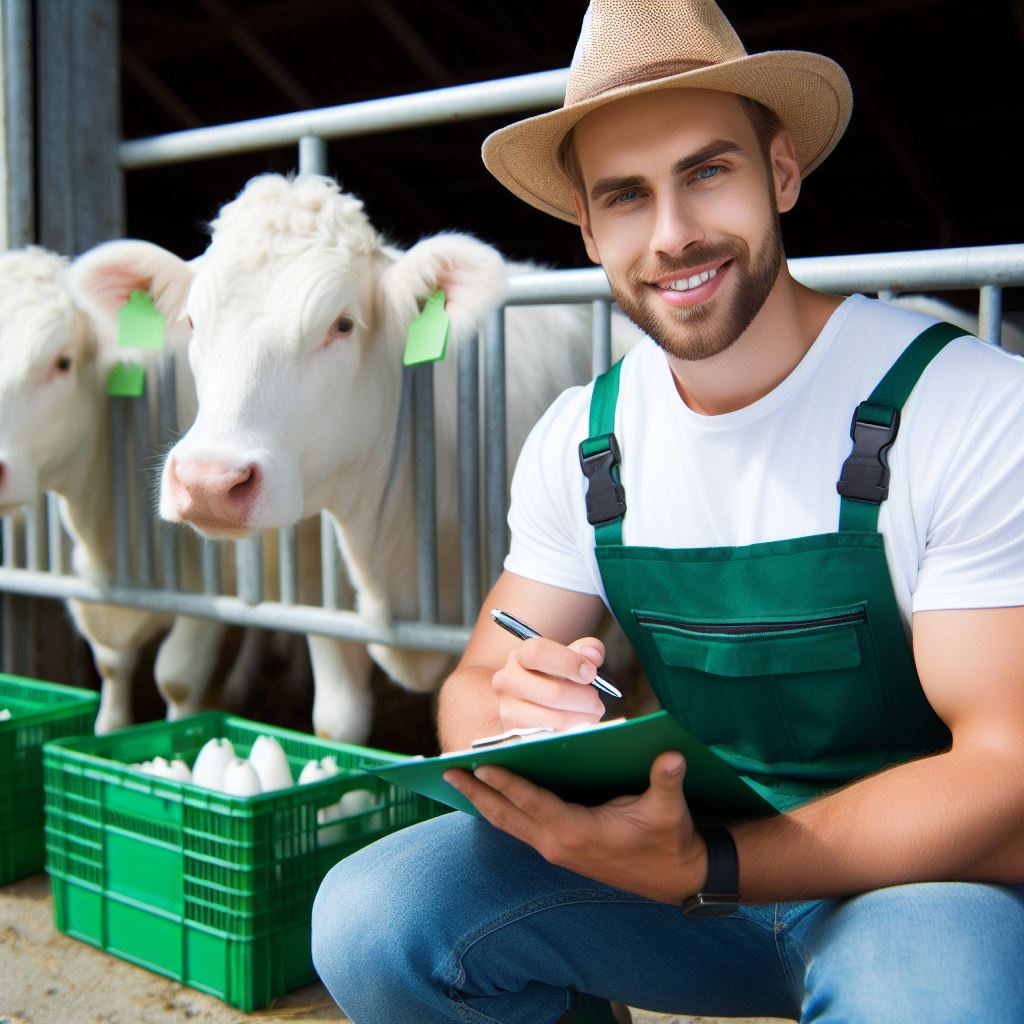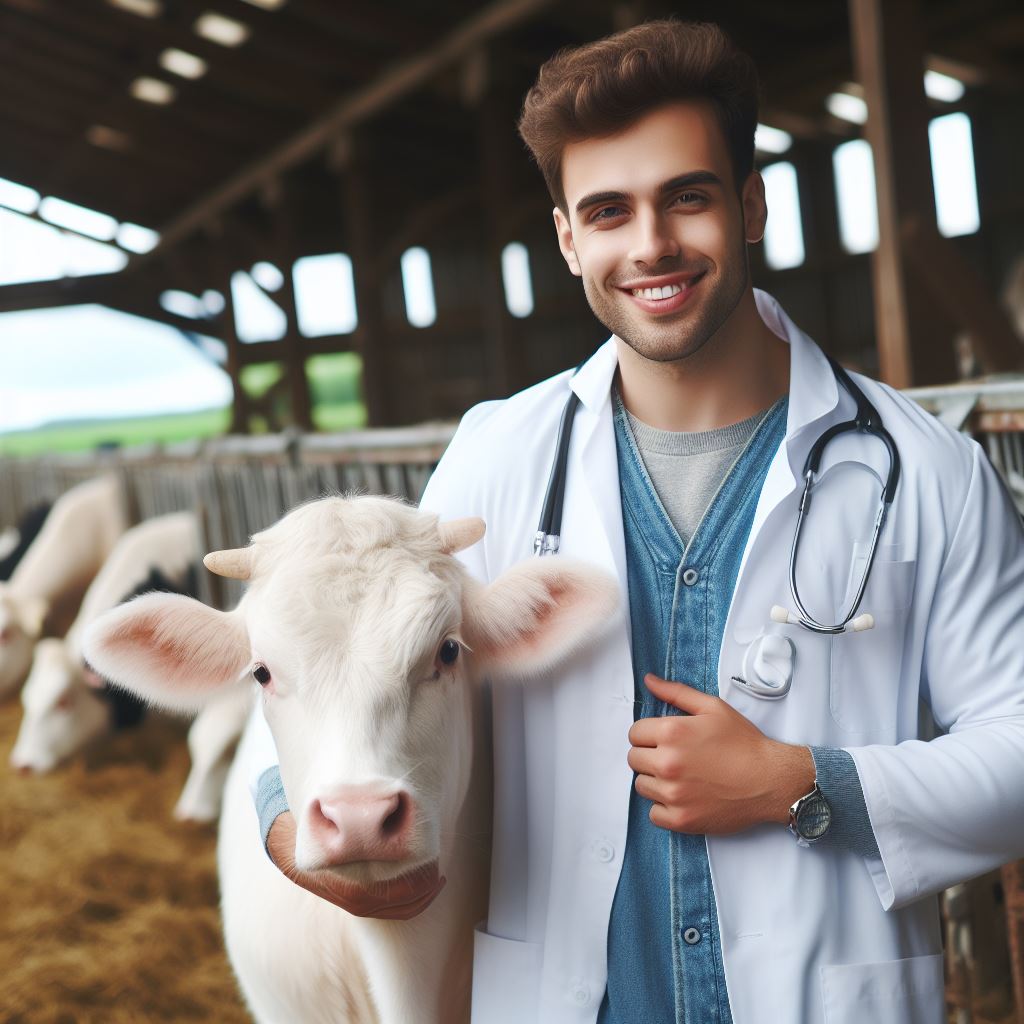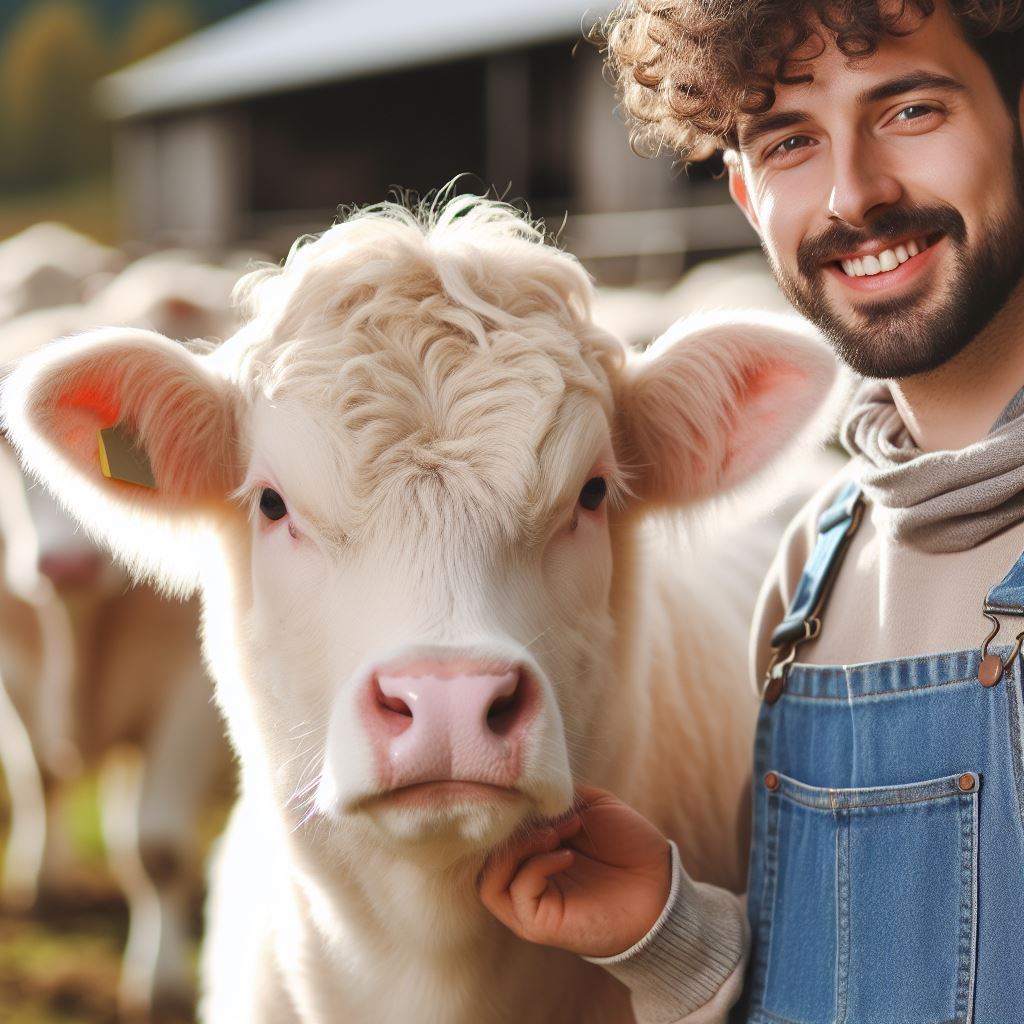Introduction
Rotational grazing is a farming practice that involves shifting livestock between different pasture areas regularly. It allows the land to regenerate, prevents overgrazing, and improves soil health.
Benefits of rotational grazing include increased forage production, reduced erosion, and improved animal health.
Tips for successfully implementing rotational grazing include proper fencing, careful planning of pasture rotations, and monitoring forage growth.
By adopting rotational grazing, farmers can optimize their land use, enhance sustainability, and improve profitability.
Rotational grazing stands as a beacon of sustainable land management, a practice deeply rooted in harmonizing agricultural needs with ecological preservation.
This method transcends mere pasture utilization; it orchestrates a delicate dance between livestock, land, and biodiversity.
By rotating animals across designated grazing areas, it fosters soil health, mitigates erosion, and optimizes forage utilization.
Beyond its agronomic merits, rotational grazing embodies a holistic ethos, cultivating resilient ecosystems where biodiversity flourishes.
In this discourse, we delve into the multifaceted benefits and nuanced strategies of rotational grazing, unveiling its transformative potential in shaping landscapes and fostering a regenerative agricultural paradigm.
Read: Guide to Sustainable Animal Shelters
Benefits of Rotational Grazing
Improved forage quality and yield
Rotational grazing has numerous benefits for both livestock and the environment. By implementing this method, farmers can improve forage quality and yield.
Through frequent rotation, animals have access to fresh, high-quality forage, promoting better regrowth and utilization. This results in healthier animals and increased productivity.
Furthermore, rotational grazing leads to increased nutrient density in the forage.
As animals graze on different sections of pasture, each area gets a chance to recover and rejuvenate.
This process allows for soil nutrient levels to replenish, resulting in more nutritious forage for the livestock.
Transform Your Agribusiness
Unlock your farm's potential with expert advice tailored to your needs. Get actionable steps that drive real results.
Get StartedEnhanced soil health
In addition to benefiting the animals, rotational grazing also enhances soil health.
The constant movement of animals prevents overgrazing and compaction, which can degrade soil structure.
Instead, rotational grazing promotes the development of deeper and healthier root systems, improving soil fertility and overall condition.
The increased organic matter and improved soil structure also contribute to better water retention and drainage.
Increased carrying capacity
One of the significant advantages of rotational grazing is its ability to increase carrying capacity.
By efficiently utilizing available pastureland, farmers can accommodate more animals in a sustainable manner.
As livestock are moved from one grazing area to another, the previous areas have time to recover, allowing for continuous grazing without overburdening the land.
This maximizes the productivity of the pasture and reduces the need for supplemental feeding.
Moreover, rotational grazing optimizes the utilization of resources.
By carefully planning the rotation schedule, farmers can match the forage growth with the nutritional requirements of livestock.
This ensures that animals always have access to the most suitable grazing areas at the right time.
As a result, farmers can reduce feed costs and increase profits by minimizing wastage and maximizing the efficiency of their grazing operations.
In short, rotational grazing offers several valuable benefits. It improves forage quality and yield, ensuring a consistent supply of nutritious feed for livestock.
It also enhances soil health by preventing overgrazing, reducing erosion, and improving fertility.
Additionally, rotational grazing increases the carrying capacity of pastureland and optimizes resource utilization, leading to more sustainable and profitable farming practices.
Implementing rotational grazing can be a wise decision for farmers looking to maximize their productivity while maintaining the long-term health of their land.
Read: Water Saving in Animal Farming
Tips for Implementing Rotational Grazing
Proper pasture layout and design
- Dividing pastures into smaller paddocks is important for effective rotational grazing.
- Consider water access and flow when designing the layout of your pastures.
Monitoring and adjusting stocking rates
- Regularly monitor forage availability and the needs of your livestock to ensure proper grazing management.
- Adjust stocking rates according to the condition of your pastures and the nutritional requirements of your animals.
Rotational grazing management techniques
- Implement different rotational grazing methods such as strip grazing or the leader/follower system.
- Manage these techniques effectively by planning grazing rotations and ensuring proper rest periods for pastures.
Fencing and infrastructure requirements
- Choose the appropriate type and quality of fencing needed for rotational grazing.
- Consider additional infrastructure requirements such as water troughs and shade shelters for the comfort of livestock.
Grazing management during different seasons
- Manage grazing during periods of rapid grass growth by adjusting grazing intensity and implementing supplementary feeding if necessary.
- Develop strategies for winter grazing to preserve pasture health and provide adequate nutrition for livestock.
Rotational grazing offers numerous benefits for livestock and pasture health.
By following these tips, you can maximize the efficiency and effectiveness of your rotational grazing system.
Read: Eco-Friendly Livestock Feeding Tips

Case Studies and Success Stories
Sharing experiences and success stories of farmers who have implemented rotational grazing
John Smith, a farmer from Nebraska, started practicing rotational grazing five years ago.
He noticed significant improvements in the health and productivity of his livestock and pastures.
By dividing his land into smaller paddocks and rotating cattle frequently, he reduced overgrazing.
John observed increased forage quality and diversity, resulting in better nutrition for his animals.
Showcase Your Farming Business
Publish your professional farming services profile on our blog for a one-time fee of $200 and reach a dedicated audience of farmers and agribusiness owners.
Publish Your ProfileHis cattle also showed a decrease in health issues and were less prone to parasites.
John believes that rotational grazing has not only improved the land but also his bottom line.
He has seen a decrease in feed costs and veterinary expenses, leading to higher profits.
The positive outcomes and benefits observed in these case studies
The success stories of farmers implementing rotational grazing are not isolated incidents.
Numerous studies have shown the benefits of this practice on both economic and environmental levels.
One study conducted in Iowa found that implementing rotational grazing increased forage utilization by 30%.
This led to a significant reduction in the need for supplemental feed, resulting in cost savings for farmers.
Another study in Pennsylvania showed that rotational grazing improved soil health and reduced erosion.
The increase in soil organic matter improved water infiltration and reduced nutrient runoff into nearby water sources.
Farmers also reported increased water holding capacity, which helped during periods of drought.
Additionally, rotational grazing promotes biodiversity by providing a variety of habitats for wildlife.
This contributes to the overall health of the ecosystem and supports the conservation of native plant species.
Farmers who adopt rotational grazing practices often see improvements in herd health and reproduction rates.
Livestock have access to fresh forage, which is higher in nutritional value, leading to healthier animals.
Rotational grazing helps break the parasite cycle, as livestock are moved to clean pastures regularly.
This reduces reliance on chemical dewormers and improves animal welfare.
Furthermore, rotational grazing can help mitigate climate change by sequestering carbon in the soil.
The increased root biomass and soil organic matter contribute to carbon storage and reduce greenhouse gas emissions.
Many farmers who have adopted rotational grazing have also noticed improvements in their quality of life.
With less time spent on feeding and veterinary tasks, they have more time for family and other off-farm activities.
The financial stability achieved through rotational grazing gives farmers peace of mind and reduces stress.
These case studies and success stories demonstrate the positive impact that rotational grazing can have.
It is a sustainable and profitable practice that benefits both farmers and the environment.
By sharing these experiences and discussing the benefits observed in case studies, more farmers may be encouraged to implement rotational grazing on their own farms.
The positive outcomes go beyond improving livestock and pasture health.
They extend to economic advantages, environmental preservation, and overall well-being. Rotational grazing has the potential to revolutionize farming practices and create a more sustainable future for agriculture.
Read: Urban Farming: Reducing Food Miles
Conclusion
In this blog post, we discussed the benefits and tips of rotational grazing.
We highlighted how rotational grazing can improve soil fertility, minimize plant diseases, and increase pasture productivity.
We also provided tips on how to effectively implement rotational grazing, such as creating small paddocks and using electric fencing.
Rotational grazing offers numerous environmental and economic advantages for farmers.
We encourage readers to consider implementing rotational grazing on their farms to reap these benefits.
It is important to seek further information and guidance on rotational grazing from agricultural experts and organizations.
By adopting this sustainable grazing system, farmers can enhance their land’s health and the quality of their livestock.




